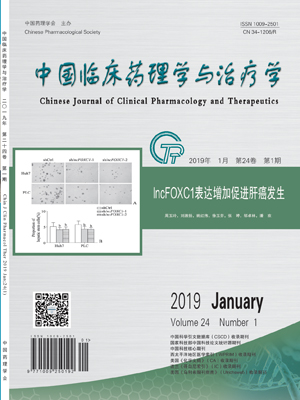AIM: To analyze the therapeutic effect of Yiqi Yangyinshengji recipe on rats with recurrent oral ulcer (ROU) and its effect on mucosal inflammatory factors and immune function. METHODS: Sixty Wistar male rats of SPF grade were randomly divided into six groups, namely, low-, medium-, and high-dose groups of Yiqi Yangyinshengji receipe, normal group, model group and positive control group. Each of the 10 rats, except the normal group, was prepared for the ROU model. After successful modeling, the low-, medium-, and high-dose groups of Yiqi Yangyinshengji group was administered with 0.17 mg/kg, 0.34 mg/kg and 0.68 mg/kg Yiqi Yangyinshengji liquid, respectively; positive control group was treated with ibuprofen solution, normal group and model group were given normal saline, once a day, for a continuous gavage of 10 days. The number, duration, interval and ulcer area of rats in each group were observed. Serum interleukin-2R (IL-2R), IL-1β, IL-17 and γ-interferon (IFN-γ) were detected in each group, as well as IL-2, transforming growth factor-β1 (TGF-β1), epidermal growth factor, vascular endothelial growth factor (VEGF) and T lymphocyte content, and relative expression of NLRP3 mRNA and matrix metalloproteinase in ulcer tissue 9 (MMP-9), MMP-2 protein expression. RESULTS: At 2, 6 and 10 days after administration, the area of ulcer in the positive control group, the middle- and high-dose groups of Yiqi Yangyinshengji receipe was lower than that in the model group, and the ulcer area of the middle- and high-dose groups of Yiqi Yangyinshengji receipe was lower than that of the positive control group (P<0.05). Compared with the normal group, the serum IL-2R, IL-17, IL-1β and IFN-γ levels in the model group increased, serum IL-2 content deceased (P<0.05); compared with the model group, the serum levels of IL-2R, IL-17 and IFN-γ in the positive control group, Yiqi Yangyinshengjifang middle and high dose group decreased, serum IL-2 content increased (P<0.05). Compared with the normal group, the serum levels of TGF-β1 and EGF in the model group decreased, serum VEGF content, relative expression of NLRP3 mRNA in ulcer tissues, and MMP-9 and MMP-2 protein expression increased (P<0.05). Compared with the model group, the serum levels of TGF-β1, EGF and VEGF in the positive control group, Yiqi Yangyinshengjifang middle and high dose group increased, and the relative expression of NLRP3 mRNA in ulcer tissue, level of MMP-9 and MMP-2 protein decreased (P<0.05). CONCLUSION: Yiqi Yangyinshengji can improve the immune dysfunction of ROU rats and reduce the serum inflammatory factor content.


